Wine Tasting 101: Tips for Exploring the World of Flavors
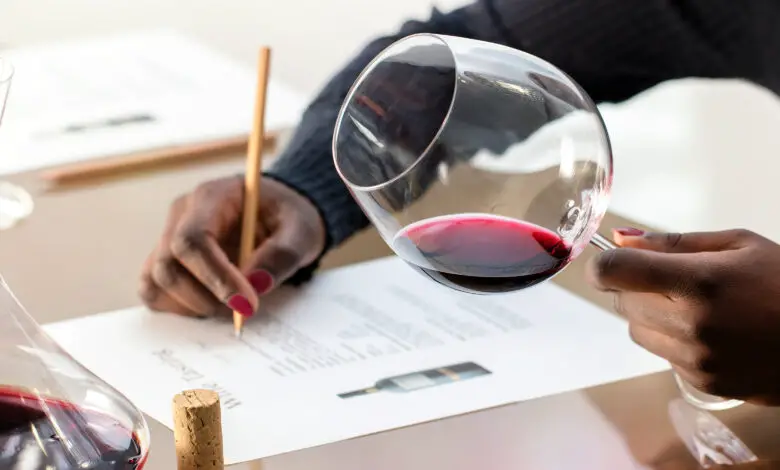
Wine, with its rich history and diverse flavors, is more than just a drink. It’s an experience, a journey through which connoisseurs and casual drinkers alike delve deep into a universe of aromas, tastes, and sensations.
Whether you’re an experienced aficionado or a newbie looking to embark on this flavorful expedition, this guide will equip you with the essential knowledge to appreciate, savor, and explore the multifaceted universe of wine.
The Basics of Tasting
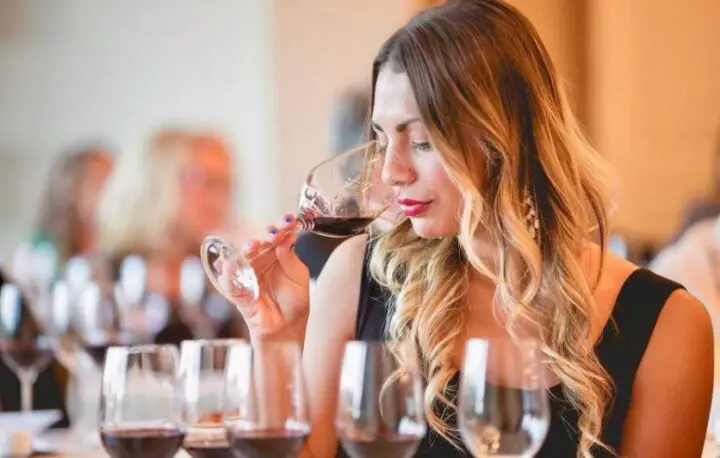
Embarking on a wine-tasting journey is akin to learning a new language. Before diving into complex conversations, one must grasp the basic vocabulary. Similarly, understanding wine begins with the fundamentals.
A sip of wine is like a snapshot of a particular place and time, conveying the nuances of the region’s climate, soil, and grape varieties.
Over time, these influences change and evolve, giving rise to countless varieties and flavors. Now, you can buy wine online and enjoy whatever you like, whenever you like.
Before you take that first sip, be aware: that wine is more than just its taste. A wine’s essence embodies its aroma, color, texture, and even the shape of the glass it’s poured into.
From the moment the cork pops, it begins to interact with its surroundings, evolving and expressing its unique character. Hence, approaching the nectar of the Gods with an open mind and heart will enable a richer and more rewarding experience.
A common misconception is that tasting is a domain reserved for the elite. In truth, anyone can cultivate a discerning palate. Just as one fine-tunes their senses to appreciate music or art, so can one hone their senses to discern and appreciate the subtleties of wine. Remember, each person’s palate is unique; what resonates with one may differ from another.
The Art of Observation
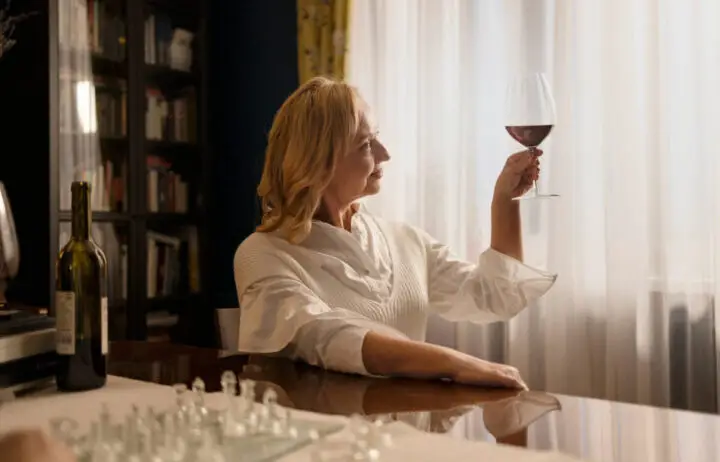
Observing wine isn’t merely about looking at it; it’s about truly seeing it. The dance of light through the liquid, the way it clings to the glass, and even the shadow it casts tell tales of its origins and essence. The first glance at a wine offers clues about its age, composition, and even potential flavors.
A wine’s clarity can be a direct reflection of its quality. A hazy appearance might suggest faults, while a clear, bright variety often indicates careful craftsmanship. By tilting the glass, one can also judge the wine’s viscosity. Drops, often called “legs” or “tears,” can provide insight into the alcohol content and body.
Though observation can provide essential insights, it’s only the tip of the iceberg. The real depth of a wine’s character is hidden beneath its surface, waiting to be unveiled through careful tasting and olfactory exploration.
Aromas and Bouquets: The Scent
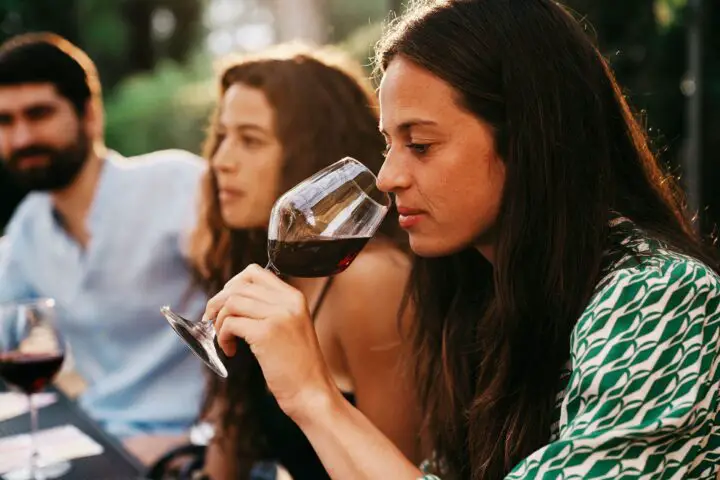
The nose knows. Before the palate comes into play, the nose takes center stage in the world of appreciation. A wine’s aroma, or “nose,” is a precursor to the flavors that dance on the tongue. Freshly poured, a wine might exude primary aromas — the direct result of the grape variety used, ranging from fruity to floral to herbaceous.
As wines age, they develop secondary and tertiary aromas. The former arises from the fermentation process, introducing scents like yeast or cheese rind. The latter, a result of aging in oak or the bottle itself, can weave complex narratives of tobacco, nut, leather, or even the forest floor.
It’s not uncommon for wines to showcase multiple layers of aromas. While a beginner might identify a general “fruity” scent, a trained nose could pinpoint specific fruits, their ripeness, and even the method of preparation, such as fresh, stewed, or dried. It’s an olfactory symphony, waiting for a conductor.
The Role of Color
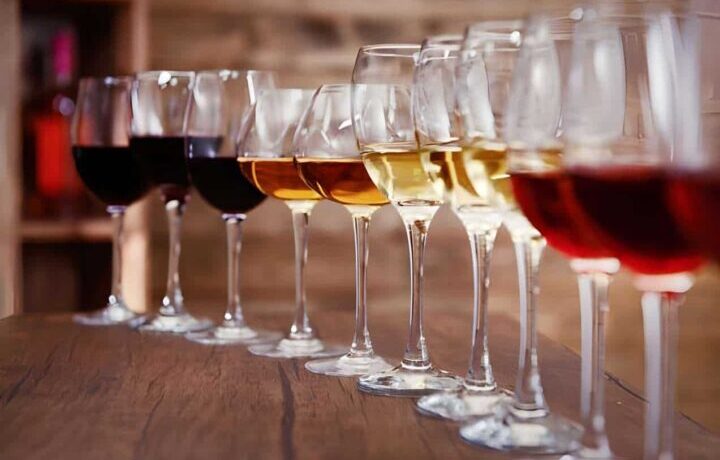
Color isn’t just a visual treat; it’s a storybook of the wine’s journey. From its birth in the vineyard to its maturation in bottles, a wine’s hue offers insights into its age, grape variety, and even winemaking techniques.
Young red wines often sport vibrant purples and deep reds, while age gracefully transforms them into brick red or tawny shades. White wines, on the other hand, evolve from pale lemon to richer gold and amber tones as they age. Factors like oak aging or grape skin contact can further influence a wine’s shade.
The world of rosés offers a spectrum from pale salmon to vivid pink. These hues hint at the grape varieties used and the duration of grape skin contact during the winemaking process. As with any artwork, there’s much more than meets the eye.
Sip, Swirl, and Savor: The Tasting Process
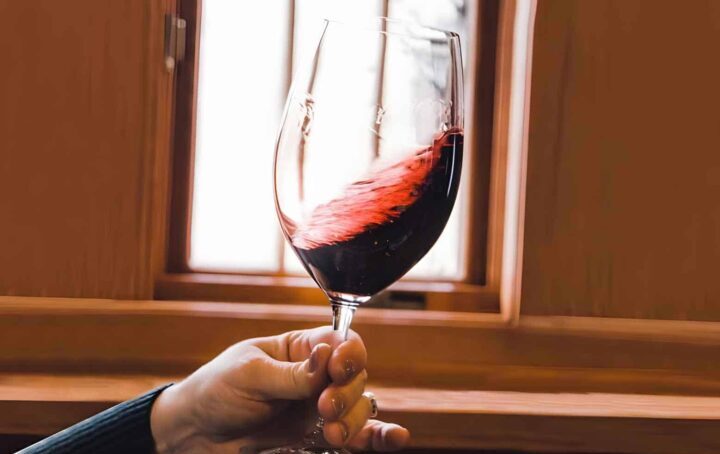
Sipping wine is an art. But first, a swirl. This simple action aerates the wine, unlocking its myriad aromas and prepping the stage for the palate. After a gentle swirl, take a moment to revisit the wine’s nose, noting any changes or intensifications in the aromas.
Next, take a modest sip. Let the wine roll over your tongue, allowing each section of your palate to engage with its flavors. Different regions of the tongue are sensitive to distinct taste profiles — from sweet and sour to salty and bitter.
Lastly, savor. After swallowing, take a moment to reflect on the wine’s aftertaste or “finish.” A long-lasting, pleasant finish often speaks of superior quality. Over time, as you explore more wines, you’ll start to identify personal preferences and unique nuances in each sip.
Understanding Wine Texture and Body
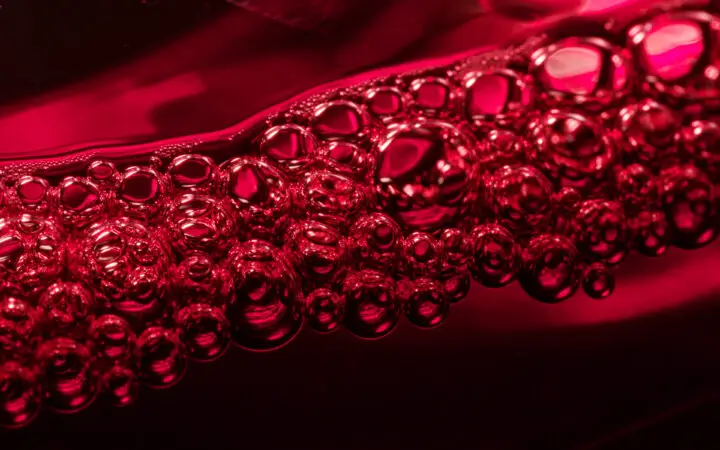
Imagine silk and wool. Both are fabrics, yet their textures are distinctly different. Similarly, wines, though liquid, possess textures ranging from light and crisp to rich and velvety. This “mouthfeel” plays a pivotal role in the overall wine-tasting experience.
Factors influencing texture include alcohol content, sugar levels, tannins, and acid. High-alcohol wines can feel fuller, almost oily, while those with higher acidity might feel sprightlier.
The term “body” refers to the weight of the wine on one’s palate. While light-bodied wines might feel similar to water, full-bodied wines could evoke the richness of cream. The grape variety, origin, and winemaking process all contribute to a wine’s body, adding layers to its narrative.
Final Thoughts
Embarking on the wine-tasting journey is akin to setting sail on an ocean of flavors, aromas, and experiences. From the basics to the nuances of terroir and aging, each facet offers unique insights and delights.
Whether you’re sipping a chilled white on a summer day or savoring a robust red by the fireplace, the world of wine awaits with its myriad tales and tastes. So raise a glass, and toast to the endless adventures that lie ahead in the captivating world of wine.
Have you considered becoming a wine connoisseur? If you really like exploring wines, our article will navigate you through the process of becoming a wine connoisseur. So, what are you waiting for? Cheers!
